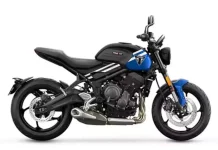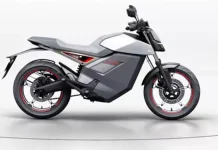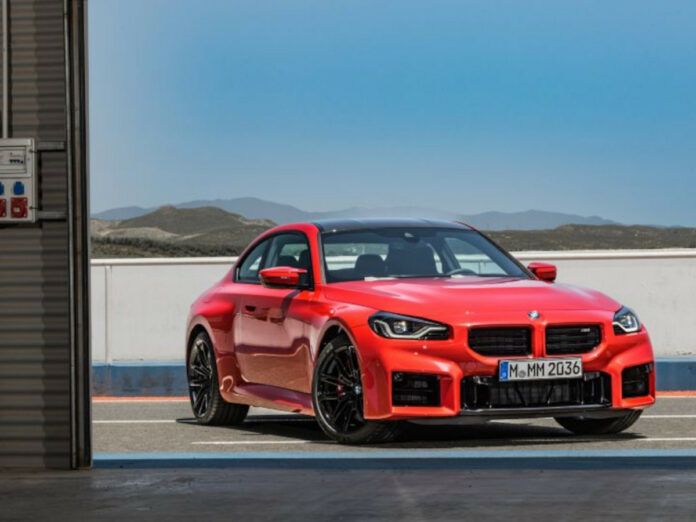Luxury Car Sales
In October 2023, the Federation of Automobile Dealers Associations (FADA) released the latest vehicle registration data for luxury cars, offering valuable insights into the performance of leading luxury automakers in the market. This data is critical for understanding market trends, consumer preferences, and the competitive landscape in the high-end automobile sector.
The sales figures for major brands like Mercedes-Benz, BMW, Jaguar Land Rover, Volvo, Porsche, and Audi reveal a fascinating mix of growth, stability, and slight declines, painting a dynamic picture of the luxury car market.

Market Trends
The vehicle registration data for luxury cars in October 2023, as released by FADA, shows a mix of trends in the sales figures compared to the same month in the previous year. Here’s a summary and analysis:
- Mercedes-Benz: Although Mercedes-Benz leads in sales with 1,240 units, there’s a slight decline from the 1,277 units sold in October 2022. This indicates a marginal drop in their market share in this segment, possibly due to market dynamics or increased competition.
- BMW: With 1,066 units sold, BMW shows a growth compared to the 1,027 units in October 2022. This growth, albeit modest, suggests a strengthening position in the market or a successful adoption of new strategies or models.
- Jaguar Land Rover: The sales figure for Jaguar Land Rover shows a significant increase, from 177 units in October 2022 to 372 units in October 2023. This more than doubling of sales indicates a strong market performance, possibly due to new launches or effective marketing strategies.
- Volvo: Volvo’s sales figures have grown modestly from 153 units in October 2022 to 167 units in October 2023. This suggests a steady demand for Volvo cars, maintaining a consistent market presence.
- Porsche: Porsche’s sales have increased from 53 units in October 2022 to 73 units in October 2023. This growth, though on a smaller base, is significant and reflects a growing interest in the brand or the successful introduction of new models or variants.
- Audi: Audi sold 52 units (all Completely Built Units – CBUs) in October 2023, up from 37 units in the same month last year. This increase could indicate a successful niche market strategy, especially since these are CBUs, which generally have a smaller but more exclusive market.
Consumer Preferences
Key Analysis
The key analysis of the October 2023 luxury car sales data, as reported by FADA, can be distilled into several crucial points:
- Market Leadership and Shifts: Mercedes-Benz remains the market leader in terms of volume, but its slight decline in sales compared to October 2022 indicates potential challenges or shifts in consumer preferences. This could be due to various factors, including competitive pressure, market saturation, or changes in their model lineup.
- Growth Trajectories: BMW, Jaguar Land Rover, Volvo, Porsche, and Audi all showed growth in sales compared to the same month the previous year. This growth is particularly notable for Jaguar Land Rover, which more than doubled its sales. These trends suggest successful market strategies, possibly including the introduction of new models, effective marketing campaigns, or a stronger economic environment encouraging luxury purchases.
- Brand-Specific Strategies: The varied performance of each brand suggests different strategic approaches and market positions. For instance, the significant increase in Jaguar Land Rover’s sales might be attributed to new model introductions or revamped marketing strategies. Similarly, Porsche and Audi, with smaller volume increases, may be focusing on niche markets or specific customer segments.
- Market Trends and Consumer Preferences: The overall increase in sales for most luxury brands, despite economic uncertainties or market challenges, indicates a robust demand for luxury vehicles. It also reflects shifting consumer preferences, possibly towards newer models, advanced technologies, or environmentally friendly options.
- Impact of Global and Local Factors: External factors such as the global economic environment, supply chain issues, and local market conditions like taxation and regulations can significantly impact luxury car sales. Understanding how these factors play into the sales figures is crucial for a complete analysis.
- Future Outlook: The data not only provides insight into the current state of the luxury car market but also suggests trends for the future. Brands showing growth might continue to do well if they maintain their strategies, while those experiencing a decline will need to reassess their approach to regain or maintain their market position.
This analysis indicates a dynamic luxury car market in October 2023, with various brands experiencing different outcomes based on their strategies, market conditions, and consumer responses.
Economic Indicators and Brand Performance
Analyzing the luxury car market data for October 2023 can be approached by considering the pros and cons of the situation as it pertains to the various stakeholders, including the automakers, consumers, and the broader market. Here’s a breakdown:
Pros
- Diverse Consumer Choices: The growth of different brands indicates a diverse range of options for consumers. This variety caters to different tastes and preferences in the luxury car market, from performance vehicles to more environmentally friendly options.
- Indicators of Economic Health: The overall increase in luxury car sales, particularly in brands like BMW and Jaguar Land Rover, can be seen as a positive indicator of economic stability or growth, as luxury car purchases often correlate with consumer confidence and financial well-being.
- Innovation and Competition: The competitive nature of the luxury car market, as shown in the data, drives innovation. Automakers are incentivized to improve technology, performance, and luxury features, benefiting consumers.
- Brand Growth Opportunities: For brands like Jaguar Land Rover, the significant increase in sales presents an opportunity to consolidate market position and grow their customer base.
Cons
- Market Pressures on Leaders: Mercedes-Benz’s slight decline in sales, despite maintaining the lead, suggests market pressures and potential challenges in maintaining market dominance. This could lead to increased marketing costs or the need for rapid innovation.
- Niche Market Limitations: For brands with smaller volumes like Porsche and Audi, their growth, while positive, still indicates a limitation in their market reach. These brands often cater to niche markets, which could limit their expansion potential.
- Economic Dependency: Luxury car sales are often more susceptible to economic downturns. The current growth might not be sustainable in the event of economic instability or downturns.
- Environmental and Regulatory Challenges: As the world increasingly focuses on environmental issues, luxury carmakers face the challenge of adapting to stricter emissions regulations and the growing demand for sustainable mobility solutions.
- Potential for Market Saturation: With multiple brands experiencing growth, there is a risk of market saturation, especially in certain segments or geographical areas, which could lead to intensified competition and pressure on profit margins.
Conclusion
The October 2023 luxury car sales data, as reported by FADA, provides a nuanced view of the sector’s health and trajectory. While Mercedes-Benz continues to lead in sales volume, its slight year-on-year decline suggests shifting market dynamics. On the other hand, significant growth for brands like Jaguar Land Rover and steady increases for BMW, Volvo, Porsche, and Audi indicate evolving consumer preferences and successful brand strategies. This data not only reflects the current state of the luxury car market but also hints at future trends, underlining the importance of adaptive strategies and innovative approaches in this competitive and prestigious industry segment.
Overall, the luxury car market in October 2023 shows varying trends with some brands experiencing growth and others a slight decline. Factors influencing these trends could include economic conditions, brand-specific strategies, new model introductions, and changing consumer preferences in the luxury car segment.





































